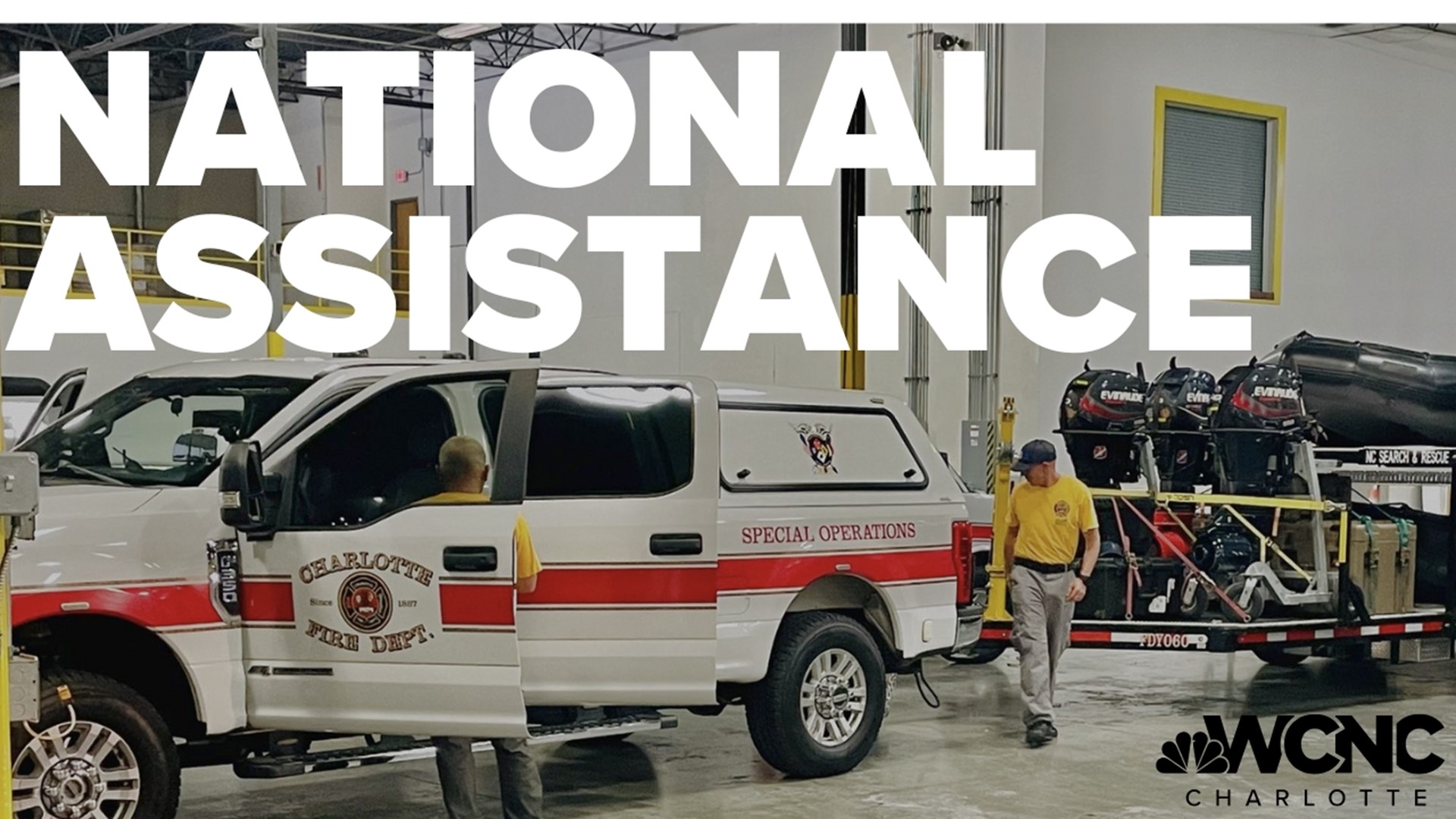CHARLOTTE, N.C. — Members of the Charlotte Fire Department are part of two swift water rescue teams from North Carolina that were dispatched to Vermont to assist emergency officials with the potential for life-threatening flooding due to historic rainfall.
Eight members of Charlotte Fire's special operations team drove through the night alongside first responders from Greensboro and Buncombe County to help rescue people from the flooding. In total, North Carolina sent 34 people to Vermont, where they'll be staged on each side of the Green Mountains near Springfield and Manchester.
"We received the request from Vermont yesterday afternoon and immediately got to work identifying resources that could travel quickly to assist," North Carolina Emergency Management Director Will Ray said.
The slow-moving storm reached New England in the morning after hitting parts of New York and Connecticut. Heavy downpours with possible flash flooding were forecast in parts of Connecticut, New York, Massachusetts, New Hampshire, Vermont and Maine.
Vermont Gov. Phil Scott declared a state of emergency on Sunday, in advance of Monday's rain. Some campers and people caught in their homes have been rescued in central and southern Vermont, and more reports have been coming in, said Mark Bosma, spokesperson for the state emergency management office.
Vermont had some of its worst weather during Tropical Storm Irene in August 2011, when it got 11 inches (28 centimeters) of rain in 24 hours.
“The impacts might not be quite as widespread, but there will probably be a number of locations in central Vermont that reach that threshold,” National Weather Service meteorologist Robert Haynes said.

